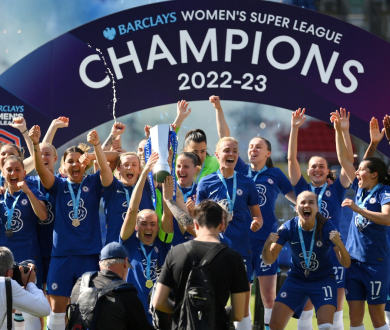
The 120-Day Focus for New Leadership
Introduction
The role of a President / General Manager within a front office operation has grown exponentially over the last ten to fifteen years and what is clear is that the role will continue to evolve, demands will continue to grow and scrutiny will inevitably intensify. Winning in the short term while sustaining such performance in the long term is almost a prerequisite of the role now and it won’t change in the future. If anything, it will take on a greater dimension as media scrutiny escalates, team valuations soar and player contracts rise. Organizations want to be seen as winners and leaders want to win but it begs the question - how do we do it?
Often the question to start with is - what does success look like? It may appear like a simple and obvious thing to ask ourselves but it is an important one to answer as it will impact: strategy, structure, people, and process. Contextual factors such as market size, fan demographic, roster makeup and coaching dynamic will all factor into the evaluation process and shape the thoughts of ownership and new leadership in the direction which is best served to take the organization forward.
When teams look to hire new leadership in the form of a President or General Manager, they want someone who 1) represents the organization 2) is a strategic leader that can look at the medium- to long-term growth of the franchise and 3) implement a plan that delivers results but drives efficiency across sporting operations. They look to solve the technical, cultural, and behavioral needs of the role, assurances that they have a competent, capable leader that drives competitive advantage in areas that are critical to ownership (i.e analytics, scouting), an inclusive and collaborative approach that drives accountability within functional departments and an empathic and thoughtful thinker that creates consistency which all feed into creating and sustaining a high-performance environment.
The reality is, that we are often hiring functional experts into leadership roles, people that are moving away from executing a plan to now setting the vision and empowering their staff to execute one on their behalf. Often, teams are placing the future state of the franchise in the hands of a first-time leader based on an individual’s previous body of work, so there needs to be an open and honest dialogue around how we achieve outcome together. Projecting what type of leader we want needs to start with assessing what type of individual we are hiring. What are the core skill sets we are acquiring and what core skill sets do we need to supplement them with in order to maximize their potential while de-risking the organization from being in the exact same situation 12 - 24 months from now? The four areas below highlight some key areas that need to be addressed, implemented, and evolved over time and what teams and first-time leadership need to think through in order to create an efficient organization that functions at a consistent level -
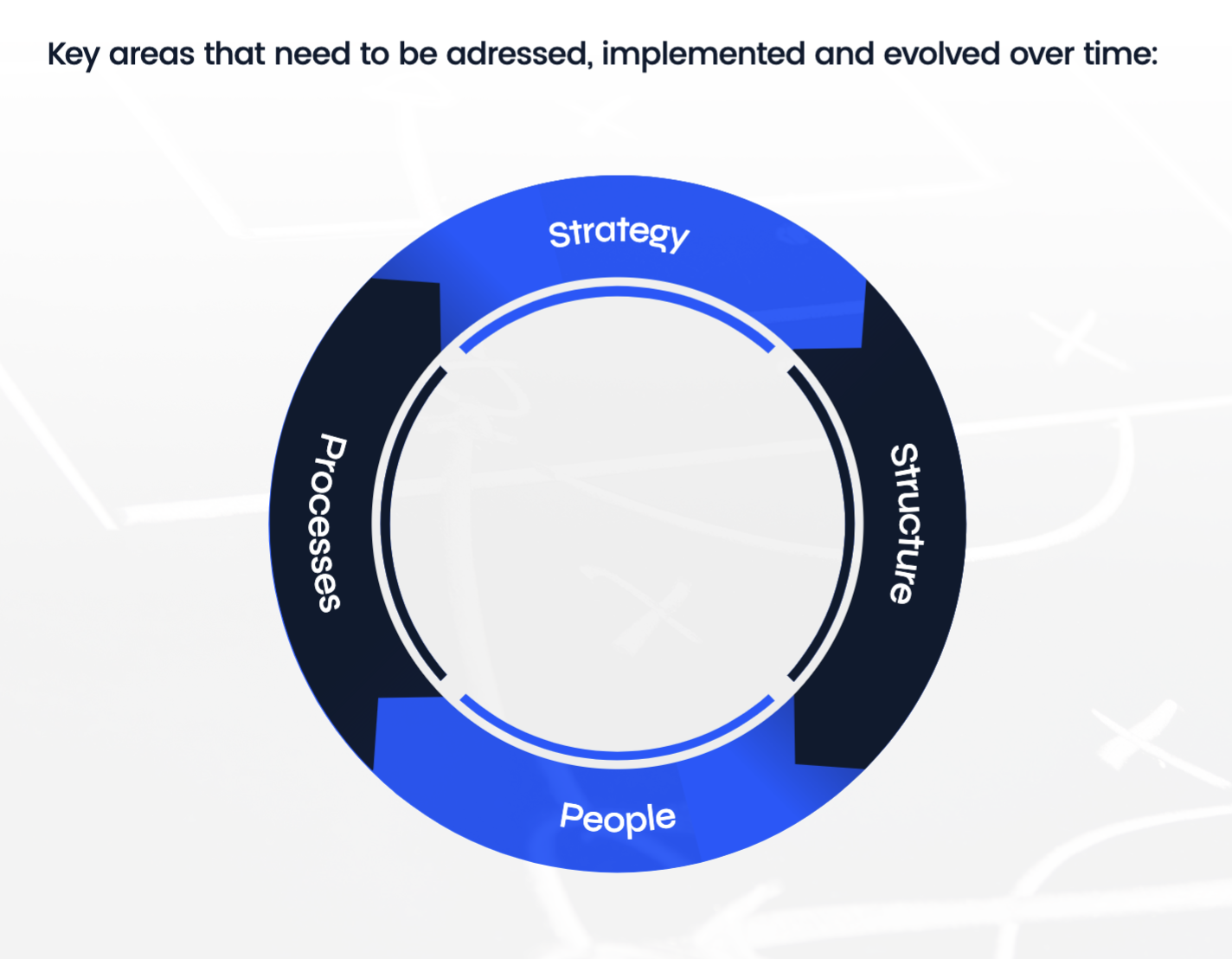
Strategy: Setting the Organizational Direction
The first 90-120 days is an important period for any leader moving into a new role as they will often have to undertake a SWOT analysis of the organization to inform what direction they deem most suitable to take the team forward.
Sitting with Ownership to discuss the initial findings will provide an opportunity to address any inefficiencies that exist before creating and aligning on the expectations for the first 12 months. Resetting the organizational practices creates an opportunity to define the direction and culture of the organization, setting the standards for what is expected from everyone and what it means to be part of the team moving forward. Leaders need to communicate with clear messaging on what the vision, mission, and values are and actions need to be aligned to avoid mixed messaging or contradictory behavior. Every decision should be evaluated against these core areas and codifying the meaning attributed to being a player, coach, or front office executive ensures that the evaluation process is disciplined and clear. Whether you are a .250, .500 or .750 team the goal is always to find success through winning a World Series, Stanley Cup, a Lombardi, or Larry O’Brien Trophy. How quickly one can achieve such success is unknown due to the uncontrollable nature of sports, but setting how you want to realize the ambition of becoming a champion is controllable. Leaders could double down and put most of their resources into player personnel, some may prioritize analytics to inform the selection process while others may feel player development is the best approach to drive outcome. What is unquestionable is that player acquisition will always be a critical component of any strategy and every decision will always be under the microscope from people inside and outside the organization. Therefore, outlining what areas you believe will drive competitive advantage and provide the most return on investment will be a necessary step in the growth strategy.
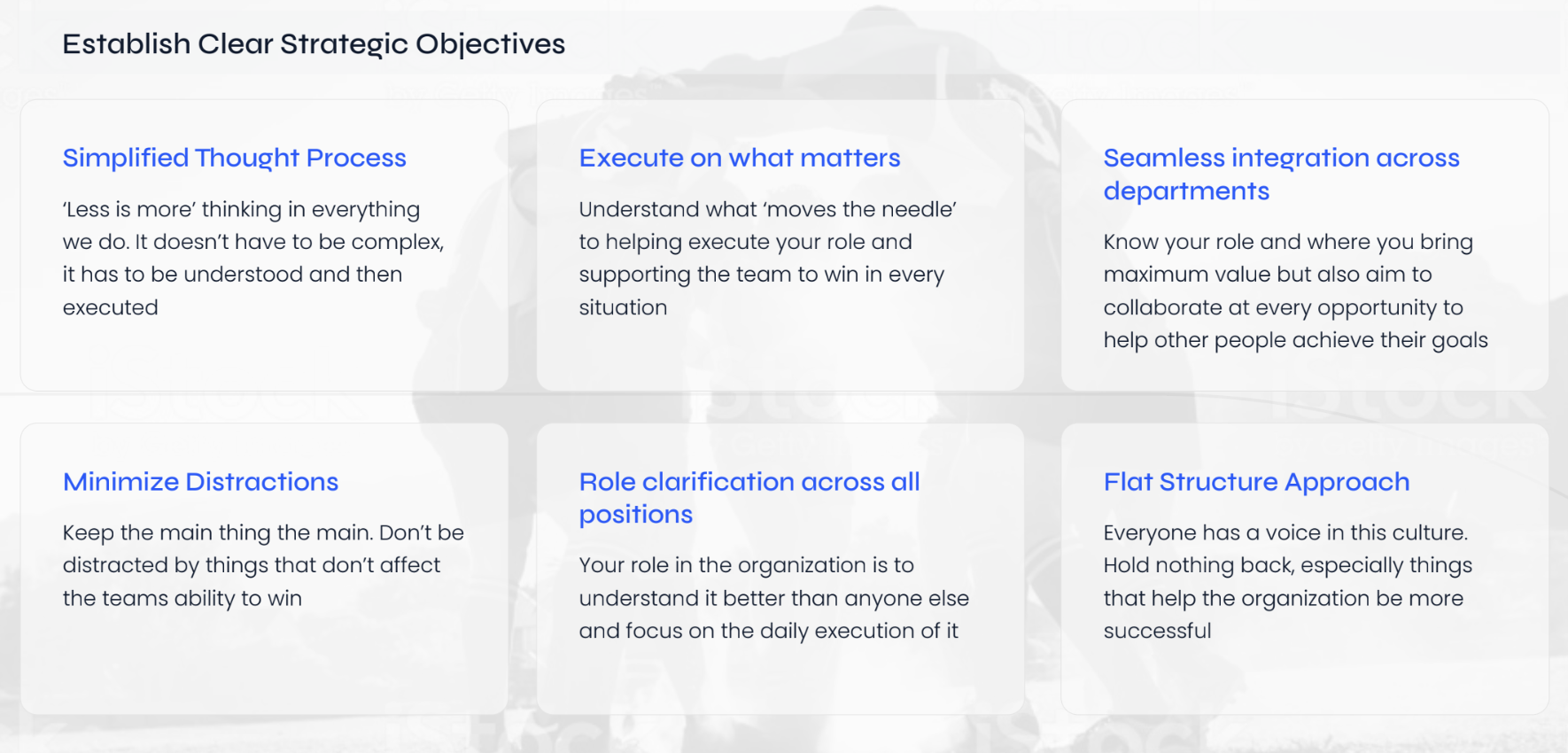
Structure: Providing Clarity for Everyone
Every new leader will have a sense of familiarity as it relates to what functions are part of a front office operation but they may not have spent much time with such departments due to the time commitments and demands of their previous role.
Many days, weeks, and years have been spent crafting their own skill sets and knowledge within their respective functions, but they now need to apply those exact same skill sets but in a leadership capacity. What served them so well previously may not suffice in a leadership role as they need to not only manage a multi-functional team that is working towards a shared goal with a common purpose, but more importantly, mitigate competing agendas that may disrupt outcome. Leaders need to have a self awareness of who they are and what they bring to the table so they can surround themselves with capable, competent, and forward thinking people that bring different perspectives to the front office. The structure should bring a sense of clarity and understanding for everyone involved, functions should be aligned and roles should be understood. Clarity around the structure not only brings a sense of purpose and accountability, but reinforces what people are working towards and how their role and respective function is expected to contribute to the vision. Leadership should look to optimize their own time by creating an efficient and streamlined structure to enhance management oversight and effectiveness, which allows them to remain focused on the strategic needs of their own role. The risk for any new leader is that they revert back to their previous role and remain functional in nature which moves them further away from the true needs of being a number-one leader. They must replace themselves in the organizational structure while empowering their functional leaders to execute the plan.

People: Leaders Who Can Execute
Supplementing the right structure with the right talent is critical to help a leader arrive at the outcome outlined to ownership want. The role of the leader is multifaceted in nature and is expected to cater for a wide audience where you are deemed to have all of the answers all of the time. Ownership wants assurances regarding the team’s strategic plan. Staff seek clarity on their purpose and role. Players want championship-caliber coaching. Coaches want championship-caliber talent. The media wants insight into your decision-making. And the fanbase wants answers on the team’s direction. This can be a hugely challenging aspect of the role, and one which can become very lonely at the best of times. A leader needs support, people they can trust to execute on a consistent basis where it not only feeds into building a high-performance culture but also maintains a healthy tension and at times an environment where conflict resides. Creating a safe environment to challenge each other, a culture where not the biggest voice wins but rather the best idea wins should be the aim. Therefore, seeking different perspectives from different backgrounds starts with hiring people beyond your own network. That’s not to say leaders avoid hiring people within their trusted network altogether but supplementing such hires from outside their circle can avoid nepotism and drive cognitive diversity. New hires are expected to challenge approaches, provoke debate and stimulate thought but more importantly, make everyone around them better. A leader must ask themselves - who will deliver me the bad news? Who will tell me if something isn’t working? Creating a workforce that is made up of singular and multifunctional skill sets can problem-solve for the short-, medium- and long-term needs of the organization.
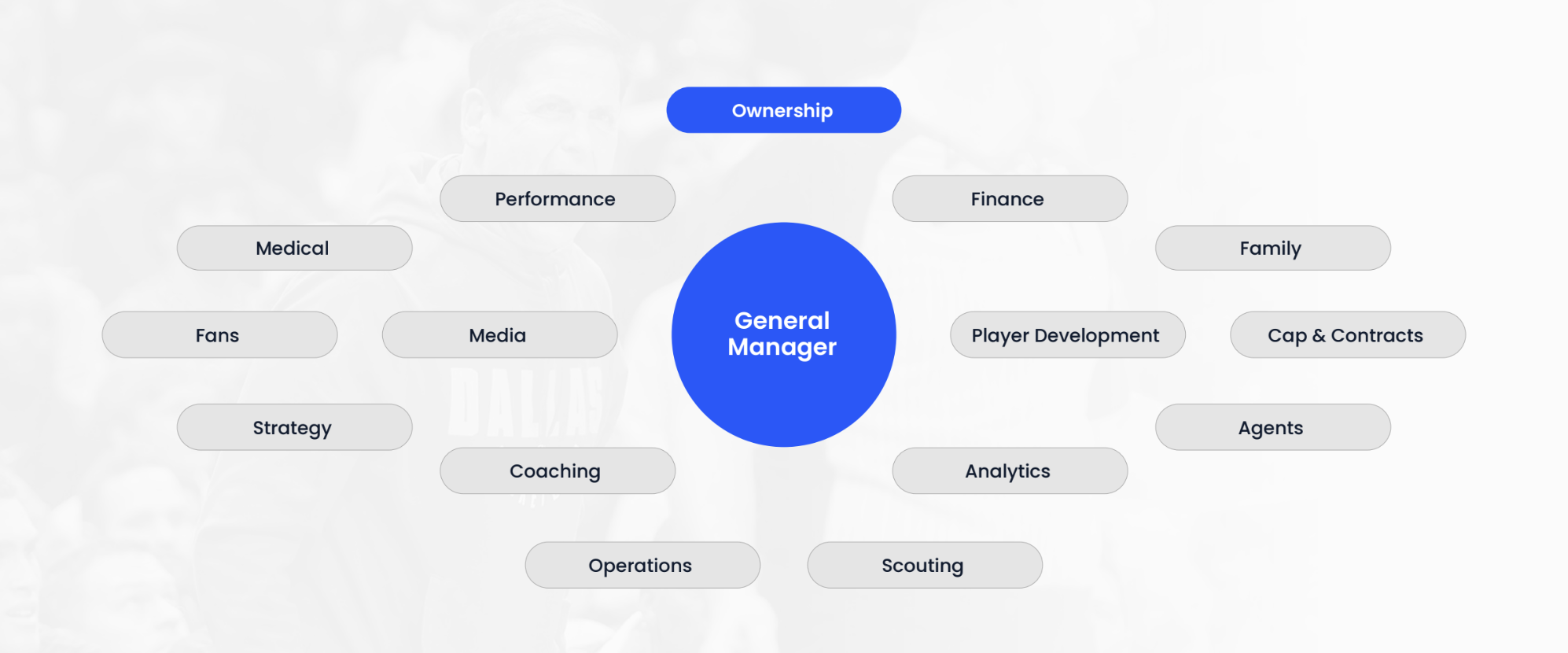
Process: Building Accountability from Within
With any new leadership hire there is often a sense of optimism and excitement, even hope that previous challenges will be solved and the pains of a previous life will disappear. The initial period of goodwill can soon evaporate though through an unpopular draft selection, a negatively viewed trade, or even back-to-back losses.
Once the dust settles, leaders must remind themselves that Ownership is demanding that they drive an efficient operating model, then they must ask: how am I measuring success? Setting the strategy has inspired confidence but what mechanisms are you implementing which monitor the effectiveness of the plan? A robust goal-setting approach can help the team focus on what’s important. It can create an intense focus on solving problems, identifying what needs fixing and mobilizing resources behind those improvements. Good goal-setting can force prioritization. You can’t do everything at once. Understand what you’re aiming for and be ruthless with the improvements that will return maximum value. Implementing an Objectives and Key Results (OKRs) methodology can work together with the organizational structure. The objectives become synonymous with role descriptions and drive team-wide transparency and effective communication. Sharing information is vital for building healthy working relationships, trust, and idea generation. OKRs encourage meaningful conversations with honesty, asking key questions such as: 'what problems do we have?’, 'where do we need to improve?’, what’s stopping us?’. They encourage everyone to participate. If done well, the whole team can be aligned. Everybody understands what’s important. The team defines the direction and the right expertise is on point to deliver the plan in a results-oriented way.
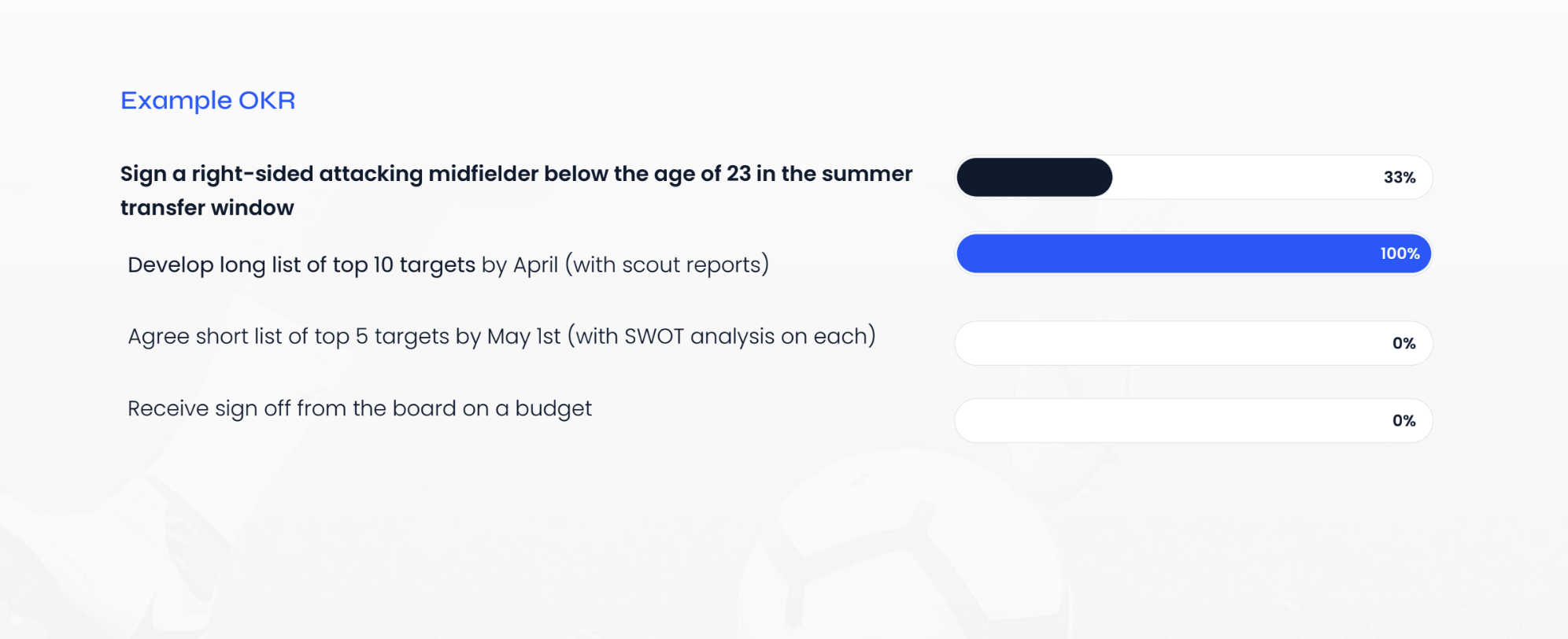
Conclusion
There are certain steps leaders can take to prepare for the move into a leadership position but some of the realities of leadership can never be confronted until you are sitting in the seat. The role demands that you confront every problem with a solution that pleases everyone. As stated in the beginning of the article, the demands of a number-one leadership role will continue to grow and leaders will have to be prepared to confront the unknown elements of the job. Utilizing the first 120 days can allow leaders to address how they not only survive but thrive in a world that is transforming on a daily, weekly, and monthly basis.

